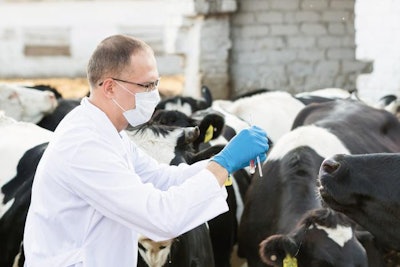
Is there a different dosage for animal feed additives used for therapeutic purposes as opposed to prevention? Any gut-health additive is recommended at a specific dosage, often regulated by the law or through the registration dossier of each product according to local requirements. But, in many cases, these dosages are best estimates on what the animal needs versus the cost that can be spared by the person who buys the additive. As such, most additives are used at “prevention” dosages, quite often assuming the co-presence of other such gut-health products.
What would happen if in anticipation of a problem we were to use higher “treatment” dosages of additives?
But what happens when animals get sick? Diarrhea is an often symptom of many diseases. In several cases, the use of most additives is deemed ineffective, and the veterinarians, correctly, prescribe antibiotics to combat the problems. The question is often asked, what would happen if in anticipation of a problem we were to use higher “treatment” dosages of additives? Would this minimize the risk of a disease outbreak?
In reality, we do not know. It is logical to assume that some additives could work like that, but others would be completely ineffective. In fact, some additives shouldn't even be there to unburden a diseased animal from having to cope with all the different compounds we feed them every day (another logical hypothesis).
Clearly, all these are good ideas for research, and perhaps it would be best to start digging deeper into additives as disease control supplements instead of just another growth-promoting agent!

















